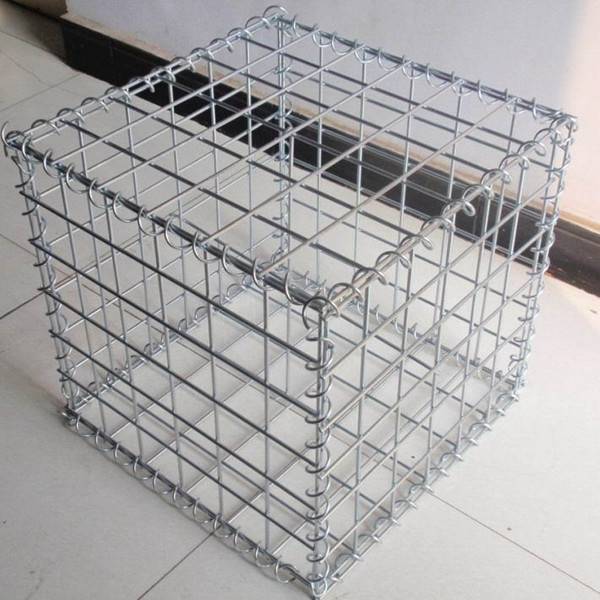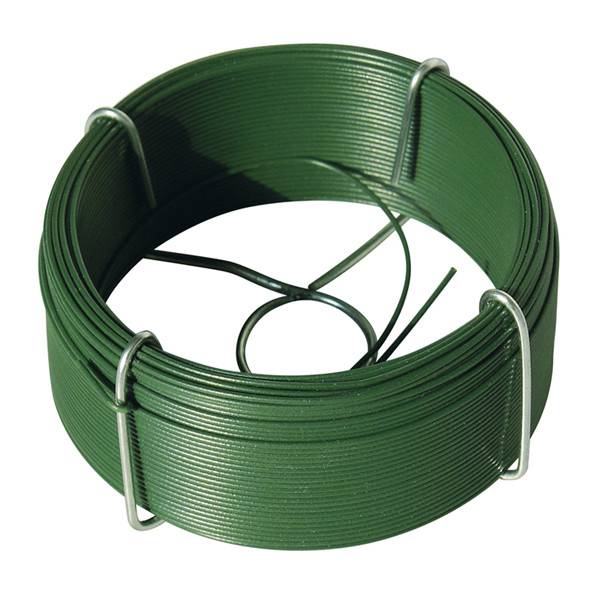
Sep . 07, 2024 14:58 Back to list
Effective Techniques for Tightening Barbed Wire
Tightening Barbed Wire Techniques and Best Practices
Barbed wire, a remarkable invention, serves as a fundamental barrier in various settings, from farms to secure military bases. Its primary purpose is to deter unauthorized access and protect assets, livestock, and property. However, over time, the wire can sag or loosen, compromising its effectiveness. Therefore, knowing how to properly tighten barbed wire is essential for maintaining its integrity and functionality.
Understanding Barbed Wire Structure
Before delving into tightening techniques, it’s essential to understand the structure of barbed wire. Typically, barbed wire consists of two strands twisted together, with sharp barbs placed at regular intervals. This configuration not only poses a physical barrier but also discourages animals and trespassers from attempting to cross. For an effective fence, the wire must be taut, which prevents sagging and enhances its deterring properties.
Tools Needed for the Job
To tighten barbed wire effectively, you’ll need some basic tools. The standard equipment includes
1. Wire Tensioners These devices are specifically designed to stretch and tighten wire. 2. Pliers Useful for gripping and twisting wire during tightening. 3. Gloves Always wear sturdy gloves to protect your hands from sharp barbs. 4. Wire Cutters Necessary for trimming any excess wire after tightening.
Step-by-Step Tightening Process
1. Assess the Fence Before tightening, walk along the fence line to identify sagging areas. Note where adjustments are needed, particularly at corners and end posts where tension can be lost.
tightening barbed wire

2. Loosen the Wire If the barbed wire is tied to posts, carefully untie or loosen connection points, especially in areas where the wire is excessively tight. This might require pliers.
3. Use a Wire Tensioner Attach a wire tensioner at the loose section. These tools allow for a controlled tightening process. For best results, start from the center and work your way towards the ends, ensuring that tension is evenly distributed.
4. Twist and Secure As you tighten the wire, make sure to twist the strands tightly using pliers. This not only secures the barbs in place but also reinforces the wire’s integrity.
5. Check Tension After tightening, walk along the fence again to check for any remaining sagging areas. Adjust as necessary by repeating the tightening process in those sections.
6. Trim Excess Wire Once satisfied with the tension throughout, use wire cutters to trim any protruding wire ends to prevent injury to animals or people.
Maintenance Tips
Maintaining barbed wire fencing is an ongoing process. Regular inspections can help identify slack areas before they become a significant issue. Weather changes, such as frost or rainfall, can also impact wire tension—be sure to check your fencing after severe weather events.
In conclusion, tightening barbed wire is a crucial task that enhances the security and functionality of your fencing. With the right tools, knowledge, and maintenance practices, you can ensure that your barbed wire remains an effective deterrent against unauthorized access. Remember, a well-maintained fence not only protects your property but also provides peace of mind.
-
build-a-discreet-chicken-run-with-sturdy-green-coated-chicken-wire
NewsAug.23,2025
-
a-guide-to-selecting-the-most-durable-field-gates-for-your-property
NewsAug.23,2025
-
green-mesh-fencing-rolls-offer-versatile-solutions-for-diverse-needs
NewsAug.23,2025
-
chain-fence-for-durable-and-versatile-enclosure-solutions
NewsAug.23,2025
-
garden-edging-fence-for-functional-and-decorative-landscaping
NewsAug.23,2025
-
3d-wire-mesh-fence-for-versatile-security-and-decoration
NewsAug.23,2025
Products categories











